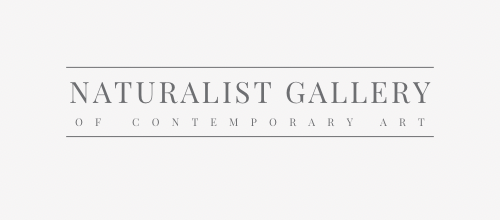Many aspiring artists wonder where to put their effort and focus to establish a career in art. We've put together some important building blocks.
To Become a Successful Artist:
Make as much work as possible, don't be discouraged by advice to produce less, embrace the unknown, build a devoted collector base, experiment with branding and visual themes, practice relentlessly, understand the role of popularity and network, engage your audience, and be patient and consistent.
In the pursuit of becoming a successful artist, many aspiring creatives encounter various advice and opinions. However, two prevailing viewpoints are often at odds: one emphasizing the importance of producing a high volume of work and the other cautioning against flooding the market. In this article, we will explore the concept of artistic success and shed light on why creating more art and actively promoting oneself can be the key to achieving recognition and fulfillment in the art world.
The Myth of Overproduction: There is a common belief that producing too much artwork can harm an artist's market and diminish their value. However, examining the practices of renowned artists like Pablo Picasso and Andy Warhol reveals a different reality. These prolific creators not only avoided flooding their markets but also consistently ranked among the top-selling artists. Moreover, contemporary artists such as Jeff Koons, Damien Hirst, Takashi Murakami, and KAWS have followed in their footsteps by embracing hyper-production. Their success challenges the notion that producing a high volume of work limits an artist's potential.

Exploring Quantity vs. Quality: A ceramics class experiment beautifully illustrates the value of quantity over quality in artistic practice. The "quantity" group, tasked with producing as much work as possible, ultimately created pieces of the highest quality. This anecdote resonates with the idea that practice and focused effort, often measured in thousands of hours, are crucial for attaining expertise in any field. Thus, the pursuit of artistic excellence should involve continuously making new and unique works, learning from mistakes, and refining one's skills.
The Power of Self-Promotion: While artistic skill is undeniably important, the art market operates on factors beyond the artwork itself. Prestige, popularity, and access to the right networks play significant roles in an artist's success. Machine learning models analyzing visual properties of art struggle to predict value accurately, highlighting the influence of an artist's reputation and network. Artists can take control of their own success by actively engaging with their audience, leveraging social media platforms, and creating their own popularity. By consistently producing a high volume of work and sharing it with the world, artists can cultivate interest, expand their network, and increase their chances of recognition and sales.

The Role of Storytelling: Promoting one's art should go beyond simply asking people to buy. By following the strategies employed by auction houses and top galleries, artists can create meaningful narratives around their work. Sharing works in progress, discussing artistic processes, and revealing the ideas behind the art can elevate the discourse and engage art lovers on a deeper level. Artists should also consider supporting and showcasing the work of other artists who inspire them, fostering a reciprocal and collaborative environment.
Personal Experience: The author, drawing from personal experience, shares how they managed to break into the art world by consistently producing content and sharing it through their blog. Over time, this led to invitations to speak at prestigious institutions, write for esteemed publications, and curate exhibitions globally. The author's journey serves as a testament to the power of productivity and self-promotion in expanding one's artistic horizons and opening doors to new opportunities.
Naturalist Gallery offers comprehensive artist representation, showcasing a curated selection of international contemporary art from both established and emerging artists. With a range of benefits, artists can enjoy permanent archival of their artworks, solo exhibitions, limited edition print releases, and the opportunity to participate in juried exhibitions. The gallery provides an online residency on the Artists page, featuring artist bios, statements, and showcasing their body of work. Artists also have the chance to create limited edition fine art print series with the help of the Naturalist Gallery curation staff. With net pricing, artists have control over their artwork's pricing, and the gallery handles the sales process. Additionally, the gallery supports artists by including them in marketing materials, email newsletters, and press releases, enhancing their visibility among collectors and art enthusiasts. With a strong focus on curation and personalized representation, Naturalist Gallery offers a compelling platform for artists to thrive and grow their careers.
In the realm of artistic success, the adage "less is more" does not hold true. Instead, the key lies in creating as much work as possible, learning from the process, and actively promoting oneself in the digital age. Artists who embrace this mindset can enhance their chances of recognition, build a devoted collector base, and ultimately find fulfillment in their artistic endeavors. So, go forth, create, share, and revel in the possibilities that await.
Related Articles:
You may also find the following articles helpful:
Why Gallery Representation is Good for Artists: 9 Key Benefits

